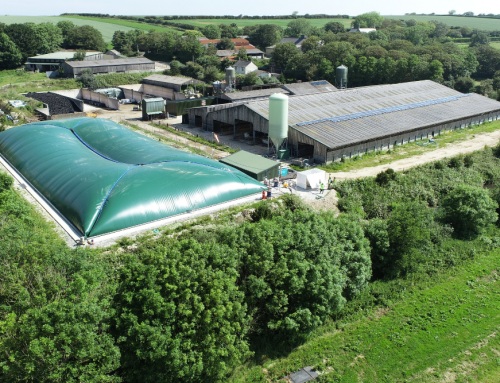Analytics: Extracting Business Value from Your Data
Data is at the centre of our new digital ecosystem. Not only do we need to make sure that it is stored safely and kept clean but increasingly we need to look at how its value is being maximised.
Data now floods in from multiple sources and midsize businesses need to think about the best way to pull it all together, create insights from it and then distil those insights into value.
Technology can provide many of the answers, in the shape of increasingly sophisticated analytics and data managment tools.
Companies that have already invested here are seeing a competitive advantage. As the recent IDC report “The Growing Value of Data Management for Midsize Businesses” points out, “This is an essential part of digital transformation and technology strategy.”
A co-ordinated approach to ERP
Once upon a time business information lived in one data base inside a physical server on business premises – now it is everywhere and that means we need to take a co-ordinated approach – pulling in data wherever it exists – whether that is inside a CRM system or accounts database or whether it is coming in via social media or even from internet of things sensors. But the most efficient solution is to break down these silos altogether by introducing a single ERP which links everything together.
This is especially relevant to mid-sized companies because small firms are still intimately involved in all areas of their business while large ones have already moved on to advanced technology solutions. Midsize companies are often stuck in between, having outgrown the basic financial software they started out with, but not having moved onto something which links their processes together.
This is where we advise our clients to opt for cloud ERP with built-in analytics, tailored for mid-sized companies. Systems like SAP Business ByDesign will pull everything together including co-ordinating your data and giving you the opportunity to create useful real time reports. SAP Business ByDesign has excellent inbuilt reporting and analytics capabilities. However if you have large volumes of data or require even greater levels of sophistication you can accelerate your transition to an intelligent enterprise by adding in an advanced analytics solution.
This is where SAP Analytics Cloud comes in.
SAP Analytics Cloud – Key Benefits
- Cloud deployment
- Enriched, centralized business semantics
- Smart, contextual insights
- Integrated, agile planning
- Advanced collaboration
- Natural language processing
By running queries in real time you can achieve up to 80% efficiency improvements in key business functions without having to wait hours for results.
Source: SAP Analytics Portfolio – Modern Analytics for the Digital Enterprise white paper
Find out more about SAP analytics products here
Writing in ITpro Bobby Hellard says,
“Without analysing this treasure trove, (your data) businesses are left paying for servers or cloud services to store a massive unusable asset. But getting the right tools to perform this analysis means firms can start to gain business insights and understand customer behaviour better. They can also make use of IoT data and adjust their organisations quickly to take advantage of new market opportunities.
This puts analytics near the top of the list for most businesses. “
Reaping the benefits of analytics
As you learn to trust your analytics tools, businesses like yours can forge ahead using the insights that are revealed. Whether that is in the form of precisely pinpointed potential cost savings or revenue growth opportunities or even gaps in regulatory and policy compliance. It is an innovation that few mid-sized businesses can afford to be without.
You can find out more about SAP Analytics Cloud at the SAP Business ByDesign user day hosted by InCloud Solutions at the Royal Institution Mayfair, London on October 18th 2018. This session will be led by SAP Analytics expert Camelia Balon and there will be plenty of time to ask questions and delve into the benefits in detail.










Leave A Comment